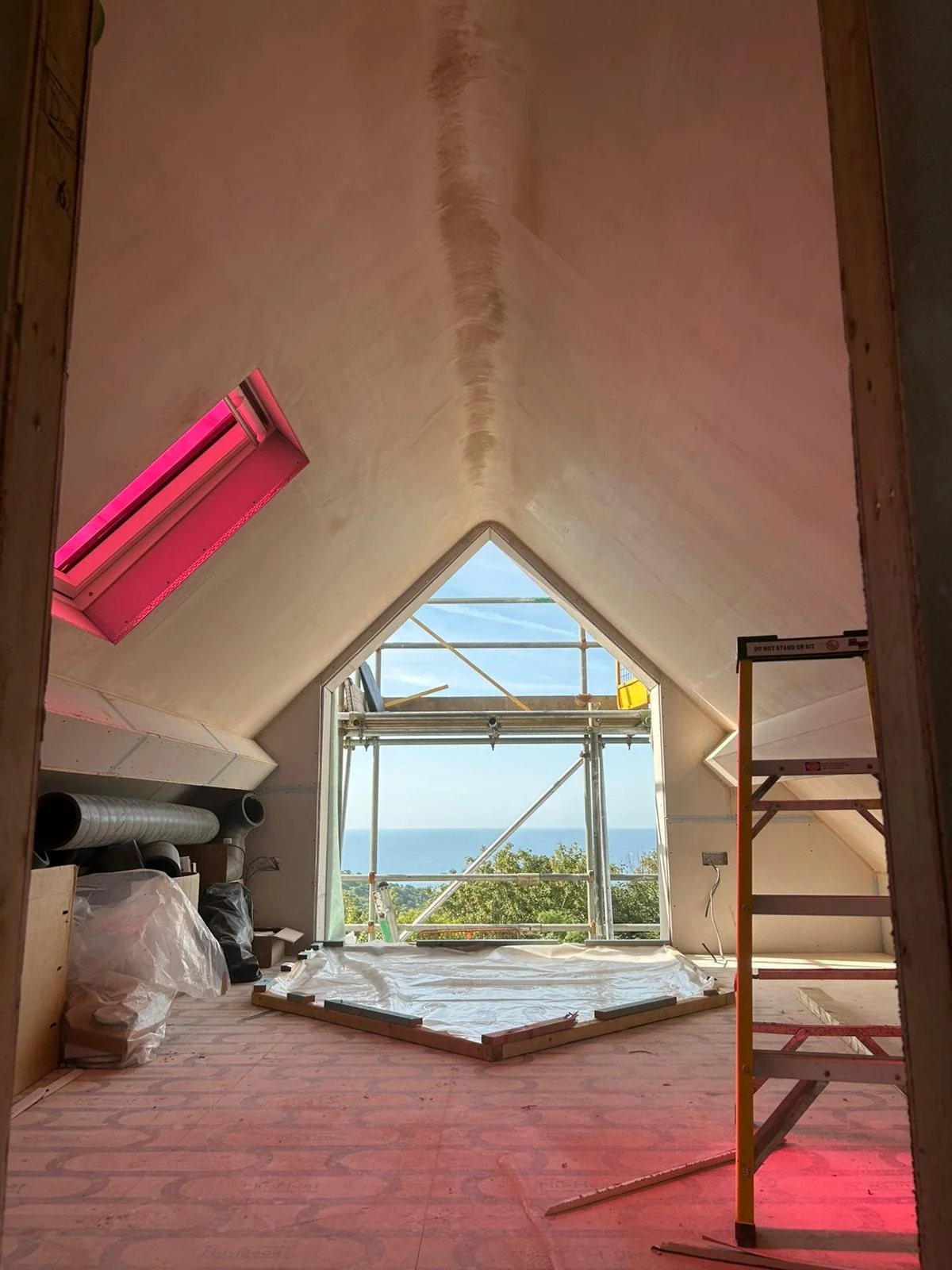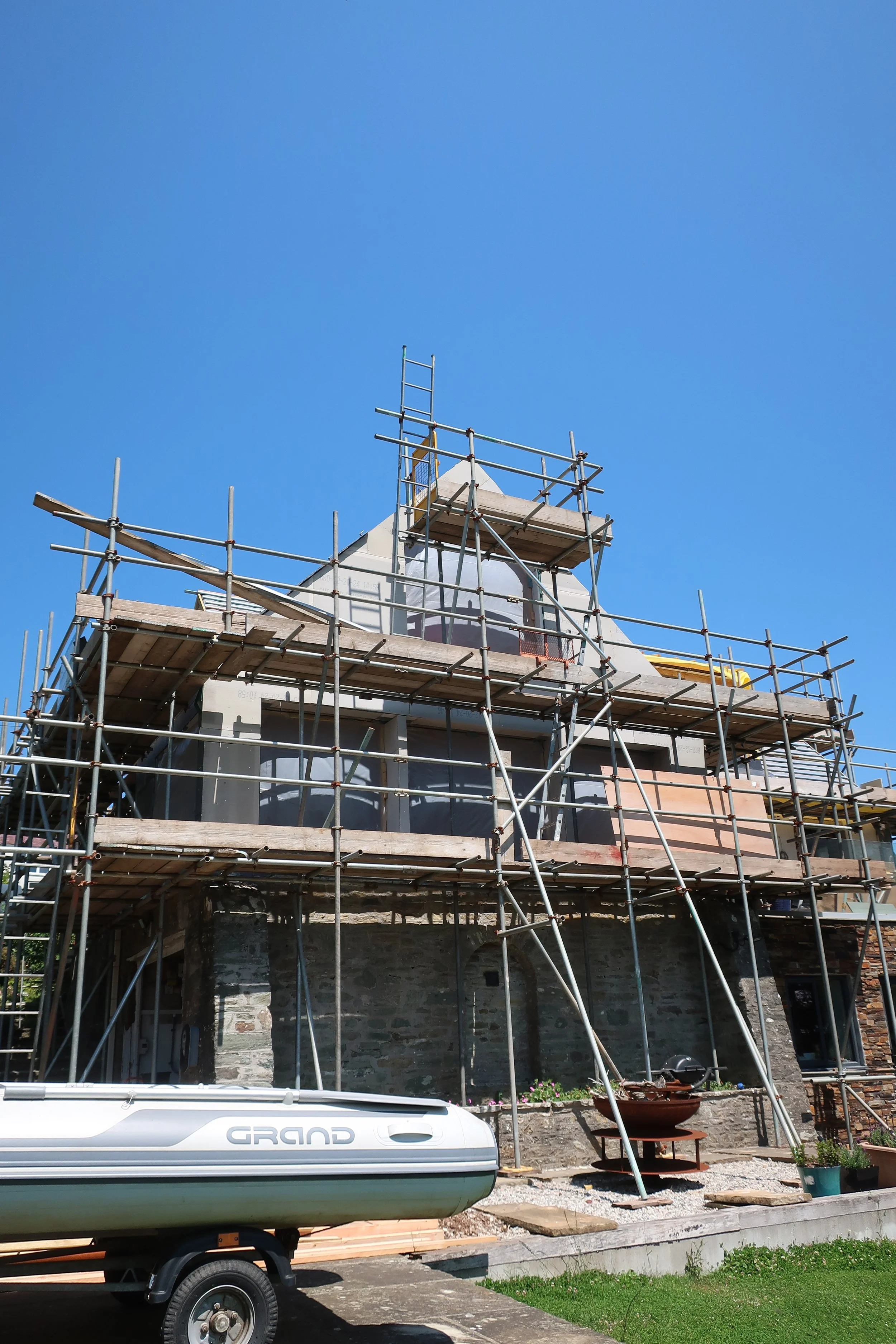Small Projects, Big Responsibility: Collaborative Design, Builders & the Principal Designer Role
When you're planning a small building project (be it a modest extension, a loft conversion, or a retrofit) the last thing you want is to be tangled in red tape. But even small-scale construction work comes with important legal responsibilities, especially when it comes to health, safety, and compliance.
If your project involves more than one contractor (which is usually the case), then by law, you must appoint a Principal Designer and a Principal Contractor. But what does that mean for you- and how can choosing the right Architect and builder help simplify the process?
At Barefoot Architects, we believe that great projects come from strong collaboration. Here's how that works in practice.
What Are These Principal Roles - and When Are They Needed?
Under UK law, there are now two Principal Designer roles that may apply to your project:
The Principal Designer (CDM): This role ensures health and safety is planned and coordinated during design and construction (under the CDM 2015 Regulations).
The Principal Designer (Building Regulations): Introduced in 2023 under the Building Safety Act, this role is responsible for ensuring the project complies with all aspects of Building Regulations- especially around fire safety, structure, and materials.
For most small domestic projects, if more than one contractor is involved, you must appoint:
A Principal Designer: usually the lead designer/Architect, like us.
A Principal Contractor: typically, your builder or main contractor.
These roles are legally required and must be formally appointed in writing. If you don’t appoint anyone, the responsibilities default to the person leading the work, which often causes confusion and risk.
Why Architects Are Best Placed as Principal Designer
As Architects, we’re involved from day one developing the concept, working through planning, developing technical drawings, and ensuring your home is built to a high standard. As lead designers, we work with various consultants (Structural Engineer, M&E, Landscape Designer etc.), integrating their ideas and drawings into a holistic and cohesive design. That makes us ideally positioned to take on the Principal Designer role.
We don’t just create beautiful spaces; we understand how they’re constructed, how people use them, and how to make them safe, efficient, and compliant. We bring the big picture together, so the build is smooth and stress-free for everyone involved.
When a Builder Can Take Over
In small or straightforward projects, it’s often beneficial to hand over some responsibility during Stage 4b (Technical Design). This is where a trustworthy Contractor can add real value.
When we’re not coordinating the design, and the Contractor is comfortable undergoing the design of all the technical junctions, the Contractor is better placed to take on the Principal Designer (Building Regulations) role during construction. This can streamline costs, simplify communication, and speed up the construction process.
On larger/complex projects, or projects where your priority is quality, it’s important we’re coordinating the design and therefore we’re based placed as Principal Designer. We’re always open to collaboration, if it works for the project and the client. What matters most is that roles are clearly defined, and everyone is working toward the same goal.
The Value of Collaboration
We bring experience, design leadership, and regulatory knowledge. Builders bring on-the-ground expertise, pricing insight, and practical delivery. When we work with you from the outset and get a builder involved early, we can reduce risk, improve quality, and often save time and money.
Whether you're planning a full house retrofit or a small garden studio, we’ll help assemble the right team, clarify responsibilities, and deliver a project you’ll love, safely and smoothly.
In Summary
Principal Designer and Principal Contractor roles are legal requirements on most projects.
Barefoot Architects is best placed to act as Principal Designer when we’re coordinating the design.
We’re open to flexible collaboration, including transferring the role to a trusted contractor during Stage 4b, if it suits the project.
Clarity, communication and care are what make small projects succeed- and we’re here to guide you every step of the way.



